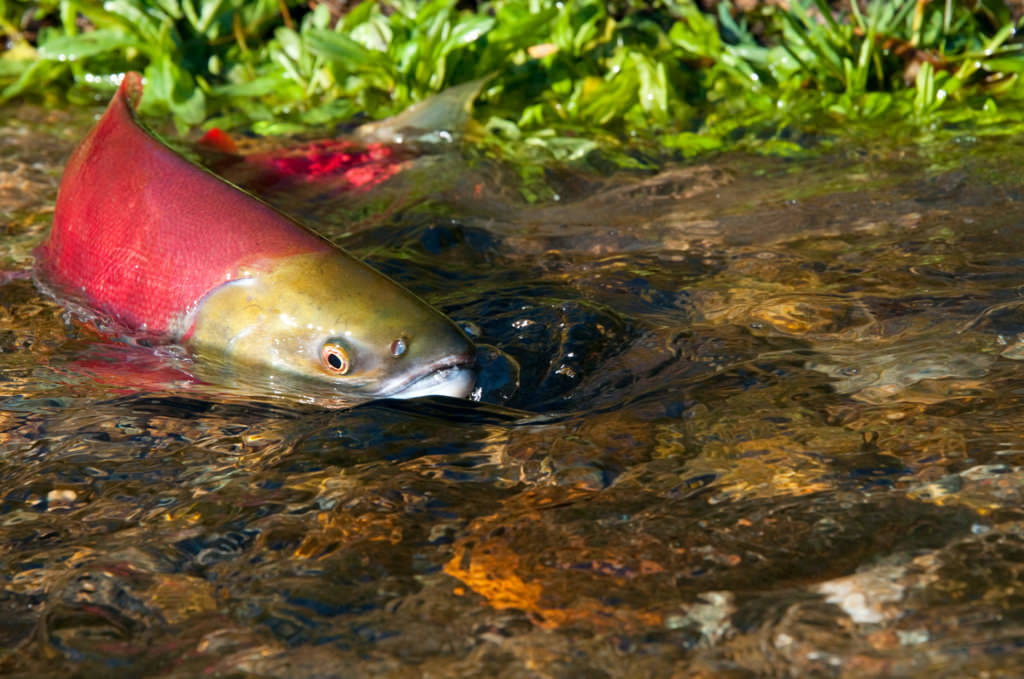Watersheds in King County recently were awarded $4.6 million in grants to help them pursue salmon recovery projects across the county. The funding is crucial for the watershed management teams larger projects.
Watersheds in King County are managed by Water Resource Inventory Areas (WRIA) organizations, which are comprised of residents, scientists, businesses, governments and environmentalists working together to protect and enhance salmon habitats. Much of the incorporated Eastside, from North Bend to Bothell, is within WRIA 8, while the lions share of unincorporated east county lies within WRIA 7. Both received portions of the $4.6 million awarded from the Cooperative Watershed Management office and funded through the county’s Flood Control District.
The WRIA 7 district includes the Snoqualmie River and the South Fork Skykomish which received nearly $899,000 in grant funding. Much of it will go to remove an illegal 375-foot levee in the old San Souchi neighborhood along the Tolt River. Removing the levee will open more than 60 acres of previously blocked salmon habitat in unincorporated King County. About $50,000 will provide technical assistance to Snoqualmie River irrigators for inspections and upgrades to fish screens on river pumps.
WRIA 8 received the largest portion of the funding at more than $1.765 million. This watershed includes Lake Washington as well as the Cedar and Sammamish rivers. Jason Wilkinson, WRIA 8 projects and funding coordinator, said more than $766,000 will go towards a riverbed floodplain restoration project on the Cedar River upstream of Renton in unincorporated King County. The county purchased a mobile home park that was at risk of flooding and removed the homes. A levee runs along the river and it had helped protect the park, but it also blocked access to a floodplain which provides valuable habitat and protection for young salmon. The project is expected to go to construction in 2020.
Another $300,000 will go to monitoring the watershed’s salmon population, including counting how many are making it into Puget Sound and how many are returning each year.
“It sort of helps us understand the population,” Wilkinson said.
Some $143,500 will be used to enhance streams in Redmond’s Bear Creek which includes placing wood in the creek and opening a floodplain. An additional $51,700 will be used to fund outreach programs. About $150,000 will be used to control noxious weeds and replant native vegetation on Issaquah Creek and the Cedar River.
“It’s tremendously important and it’s actually imperative that we get funds like this in order to implement our priority restoration projects,” Wilkinson said. “Without these grants our pace of implementation would be dramatically slower.”
More than $1.746 million will be put towards projects in WRIA 9, which encompasses much of the Green and Duwamish rivers in south King County. An additional $232,800 was awarded to the King County portion of the Puyallup and White River watershed in the southernmost part of the county.
The watersheds are a part of the state’s overall goal to restore salmon runs in Puget Sound, which have seen dramatic population declines over the last few decades.


